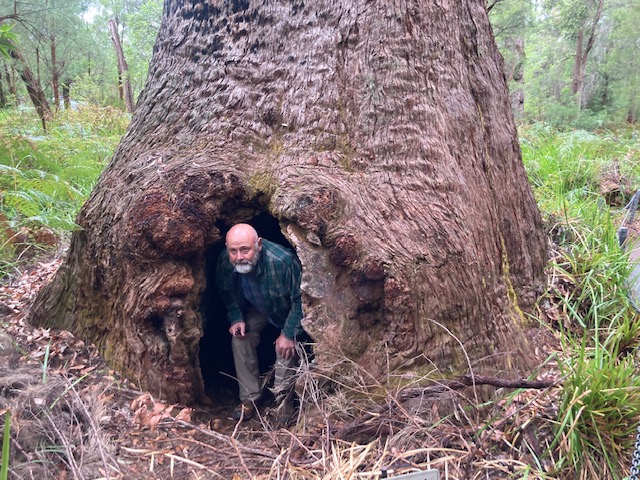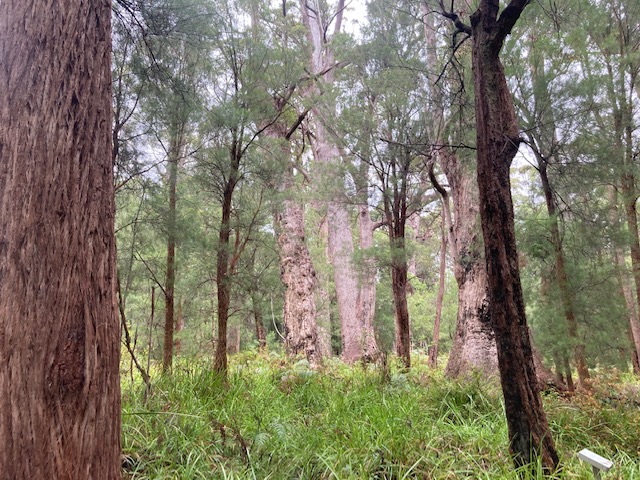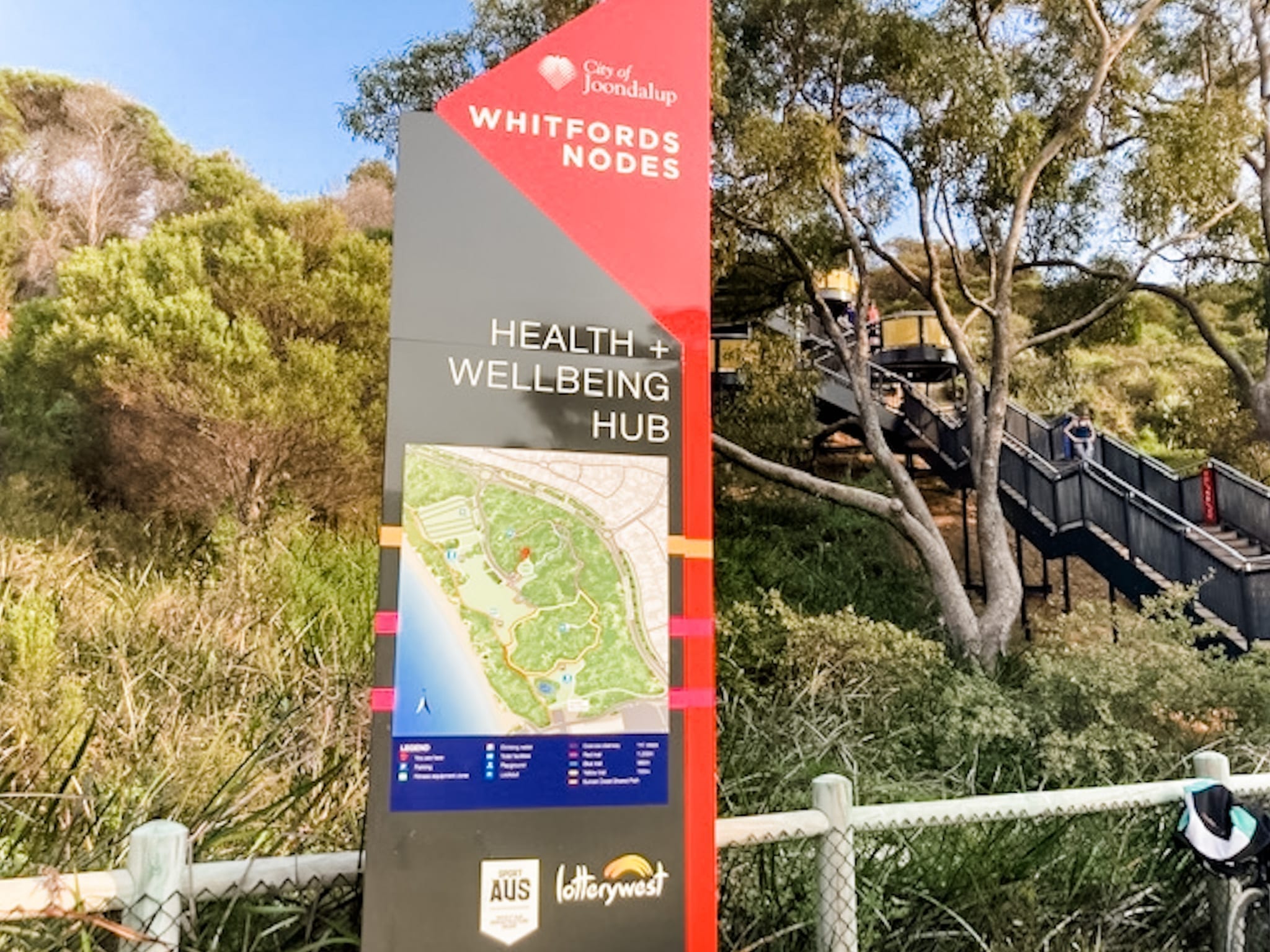If you are interested in nature don’t miss the Walpole-Nornalup National Park the next time you are in our state’s Great Southern.
We were hoping to do the famous Tree Top Walk but it was closed for maintenance – it has since re-opened.
So we settled for the Ancient Empire Walk. What a poor choice of words – we didn’t settle for anything, the Ancient Empire Walk was fascinating.
The Ancient Empire is a grove of giant tingle trees that are unique to the Walpole area. It’s 600m long and is reached from the Valley of the Giants Discovery Centre. The walk is wheelchair accessible for the first 150m but is currently being upgraded to provide more access. Most of the walk is either on boardwalks or well-maintained soil areas.

And it’s not just trees – there are interesting flowers such as the Slipper Orchid, a species of microbats, a myriad of birds and insects as well as quokkas.
Quokkas? Yes – in my ignorance I thought that quokkas only existed on Rottnest but there is a colony thriving in this forest. The quokkas have made tunnels in the razor sharp, sword grass that enables them to travel about the forest floor and be hidden from predators. Sadly our seniors group didn’t even catch a glimpse of a quokka far less manage to pose with one for a selfie.

Anyway back to the trees. The tingle trees stand on the traditional land of the Bibbulmun people of the Nyungar nation (check spelling) and it’s believed that the word tingle derives from an ancient Aboriginal word. Tingles can grow up to 75 m in height and about 16m wide but they have shallow roots and compaction of the soil around the trees can lead to their deaths. Visitors are asked to stay on the paths to avoid standing on the soil.

Many of the tingle trees have hollowed out bases thanks to insect and fungal attacks and fires. Connected to the earth by living tissue just under their bark, the tingle trees have survived all that mother nature has thrown at them. The last major bushfire in the area was in 1937. These hollowed bases are huge and visitors can stand inside the hollows.

An exception to this is the giant King Tingle tree which towers above its neighbours. It is very straight and it has a complete, not hollowed base.
One of the most famous of the trees is Grandma Tingle, a 400 year old red tingle that is 34m high with a 12m circumference. Grandma Tingle is so called because of her gnarled, wrinkled appearance, which looks like facial features.

Many of the trees have ‘burls’ which look like giant knots in the bark. Caused by insect and bacterial or fungal attacks, the trees form a protective growth around the damaged area much like a scab or a wound on human skin.
There are other trees in the forest including the karri oak. Wood from this species was used by European settlers for axe handles and barrels as well as roof shingles.
We caught glimpses of the blue wren and the red-winged fairy wren but the other winged inhabitants of this ancient place – white breasted robins, New Holland honeyeaters, golden whistlers, black faced cuckoo shrikes and western thornbills were obviously feeling shy.
There is a gift shop and a coffee van on site. Guided walks are available
Address: Valley of the Giants Road, Walpole-Nornalup National Park
Phone: 08 98408263
Opening hours: 9am – 5pm
Restrooms: Clean and accessible
Parking: Lots of parking near the Discovery Centre
Website: http://treetopwalk.com















